Is Dermarolling Therapy Effective for Melasma? What Your Dermatologist Have to Say About it?
Have you recently observed some brownish pigmentation on your face? Or are you in between 20’s to 40’s and you observed a symmetrical light to dark brown macules on the photo-exposed areas of your skin? If you do, you may be having melasma, so what is it? Can you still remove it? And can dermarolling therapy help?
A lot of new and emerging studies have explored and documented the possible potential of dermarolling therapy in treating various skin problems and conditions. One of the current researches is focused on determining whether dermarolling treatment is effective in reducing or removing melasma. So what is melasma and how can dermarolling therapy remove or reduce this skin problem?
But Before that, What Do You need to Know about Melasma?
Melasma is a chronic type of skin lesion which results from blotchy, brownish and symmetrical facial pigmentation.[1] It is common among women compared with men. Usually, it starts as early as 20 years of age and or up to 40 years of age.[2] The not so good thing about melasma is that it can trigger psychological issues such as distress and feelings of embarrassment.
Patients with melasma have hypermelanosis wherein the skin lesions are characterized by presence of macules with an irregular border. The macules vary from dark to light brown. It is commonly seen in the photo-exposed areas.
It is commonly seen among women of childbearing age and also to middle-aged women. [3] Clinically, there are three presentations of melasma:
- Epidermal Melasma
- Dermal Melasma
- Mixed Melasma
Epidermal melasma is seen in the suprabasal and basal layer of the skin. When the melanin is found in the superficial and middle dermis it is called dermal melasma. When the two findings of melasma are present in the patient, then it is referred to as mixed melasma.
This characteristic of melasma is very important because the success of the dermarolling treatment will depend on the type of melasma you have. If you have deeper skin lesions, it is important to note that even prolong dermarolling session may not completely remove your melasma. In short, you may not expect complete removal of melasma.
The type of melasma you have will determine if you will be completely free of melasma or not.
Recently, dermatologist has been using microneedling with dermarollers to apply active topical medications by piercing the skin using microneedles. Dermatologists used sterile stainless steel dermarollers with symmetrically aligned microneedles. They used dermaroller with 190 microneedles, and moved it back and forth into the part of the skin with melasma.
The length of the needle may vary depending on the skill of the trained medical professional. It also depends on the extent of predicted skin damage.1
How is the Dermarolling Procedure Being Done and Is it Really Effective?
There are a lot of studies done to evaluate the effectiveness of dermarolling therapy in treating melasma. Current studies have shown promising and good results of microneedling or dermarolling therapy for managing melasma. 1
In fact, dermarolling therapy has also been used for patients with recalcitrant melasma or those cases where patients are unresponsive of sunscreen or topical lightening products. In a case study, the patients with recalcitrant or unresponsive to other medical topical agents volunteered to undergo a dermarolling or microneedling therapy.
They were given topical anesthesia which is applied 30 minutes before the dermarolling session. A 1.5 mm microneedle is used during the dermarolling procedure. During the procedure, the dermaroller is applied in a back and forth movement. Approximately, there are 10 movements for every four directions.
This causes discrete and punctuate bleeding plus diffuse erythma. After the procedure the patient were instructed to use depigmentation formula and tinted sunscreen with SPF 60. A similar procedure was done after 30 days of the initial treatment.
After the treatment, all the volunteers were satisfied with the outcome of the dermarolling procedure. The patients were able to notice an improvement on their skin after having few sessions of dermarolling therapy. They were able to observe skin lightening after microneedling.
Is there any potential side effect of dermarolling therapy?
Most of the patients who had dermarolling treatment reported some discomfort after the therapy. But generally, the pain and discomfort is well tolerated by almost 70% of the patient. In fact around 30% of the patient who underwent dermarolling treatment did not feel any pain at all. 1
As a matter of fact, patients were able to return to their daily activities immediately after the dermarolling procedure. Most of the patients who had dermarolling sessions were responsive to the treatment. When ask if they would like to repeat a similar procedure in other similar indications – all patients unanimously agreed.
This just shows that dermarolling treatment is well tolerated and accepted by most patients.
How does dermarolling therapy different from other old treatment modalities?
There are many old therapeutic and alternative derma treatment used in managing melasma. Aside from microneedling, other therapies include:
- Chemical Peelings
- Light Peelings
- Active Topical Medications
But despite these treatment modalities, the management of melasma is still remains to be challenging. Thus, newer treatment modalities like dermarolling therapy are an excellent addition to the wide arsenal of treatment for melasma.
So, what does most dermatologist have to say with dermarolling therapy?
A lot of dermatologist is using dermarolling therapy in their clinics, simply because:
- Dermarolling alone even without any active topical agents are effective in causing skin lightening of patients having recalcitrant melasma. They particularly prefer using a 1.5 mm length in reducing these skin lesions.
- Any discomfort or trauma observed during the procedure is well tolerated by most patients. Thus, dermatologist recommends the use of sunscreen and other skin lightening products to avoid any potential side effects.
- Many dermatologists are performing this procedure in their patients because a considerable amount of evidence has shown that dermarolling or microneedling therapy is a promising and new therapeutic modality to remove melasma.
Bibliography
[1] Rajaratnam R, Halpern J, Salim A, Emmett C. (2010). Interventions for melasma. Cochrane Database Syst Rev. .
Rigopoulos D, Gregoriou S, Katsambas A. (2007). Hyperpigmentation and melasma. J Cosmet Dermatol. , 195-202.
[2]Ede, L. (2015). Microneedling in facial recalcitrant melasma: report of a series of 22 cases. An Bras Dermatol. , 919-21.
[3] Rigopoulos D, Gregoriou S, Katsambas A. (2007). Hyperpigmentation and melasma. J Cosmet Dermatol. , 195-202.

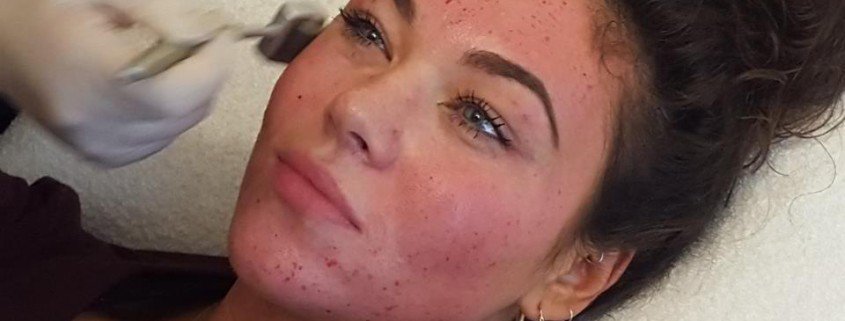
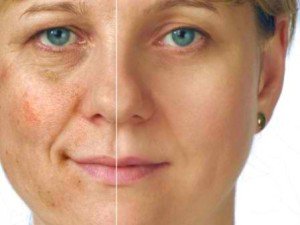
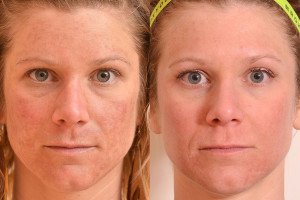

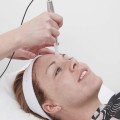
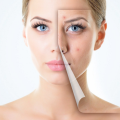

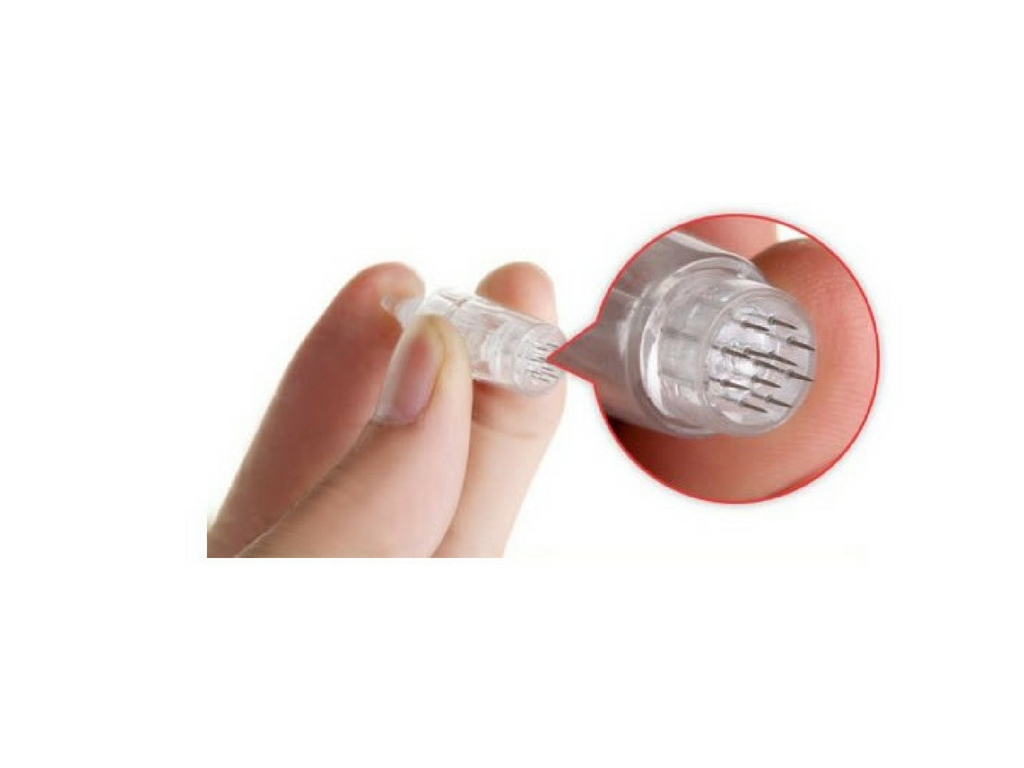

Please add your thoughts
Leave a Reply
Want to join the discussion?Feel free to contribute!